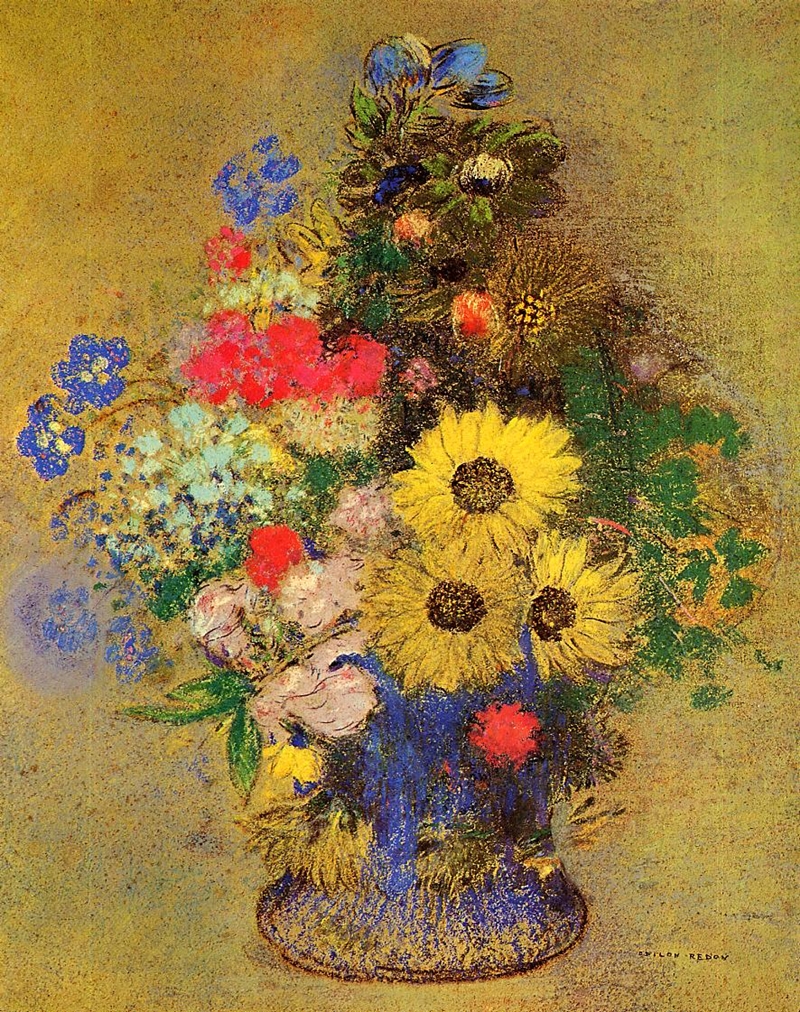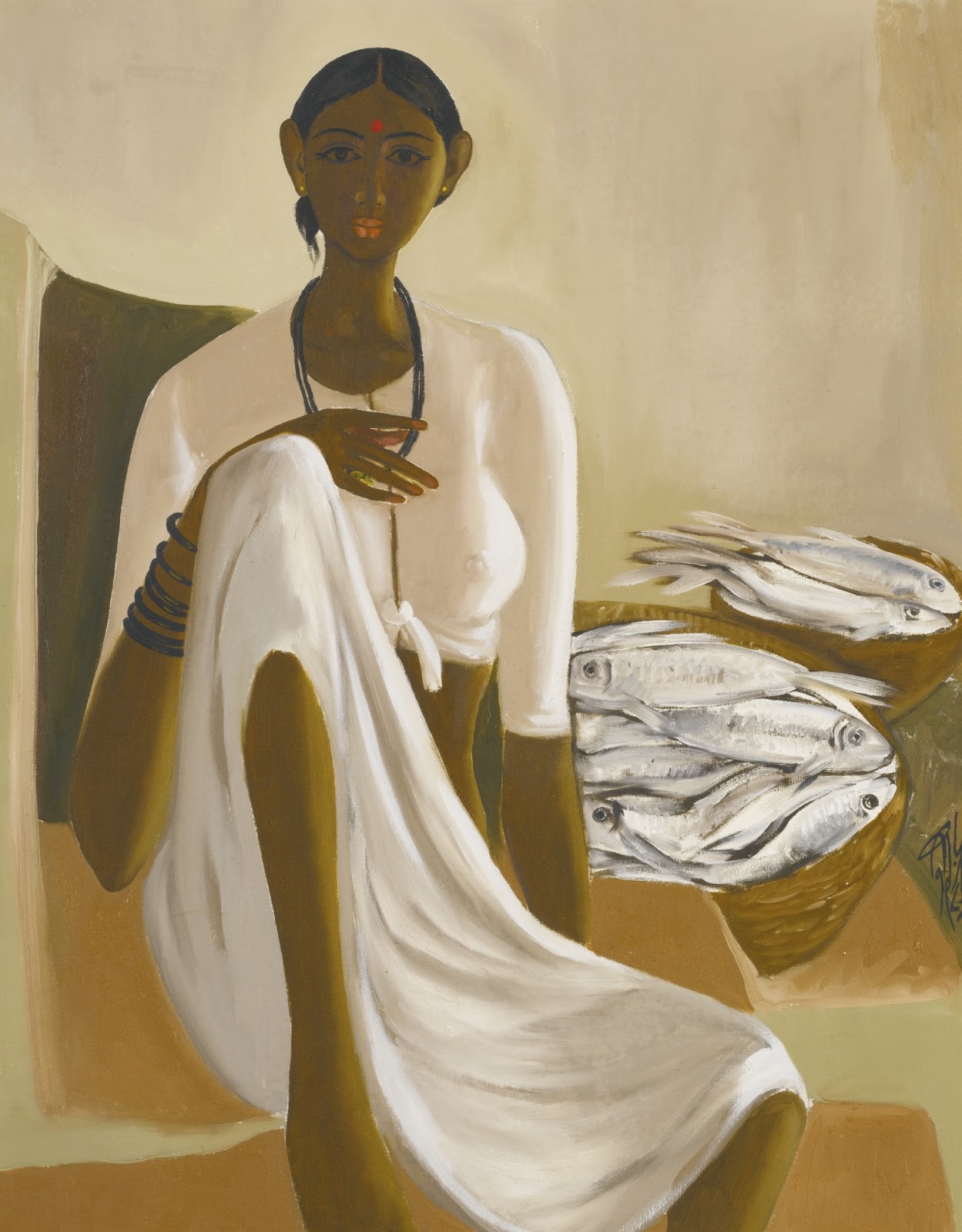Jakub Schikaneder (1855-1924) came from the family of a German customs office clerk.
Despite the family's poor background, he was able to pursue his studies, thanks in part to his family's love of art; an ancestor was Urban Schikaneder, the elder brother of the librettist Emanuel Schikaneder.
After having completed his studies in Prague and Munich 1871-1879, Schikaneder, alongside Emanuel Krescenc Liška, was involved in the furnishing of the royal box in the National Theatre in Prague; however, this work was lost in a fire in 1881.







